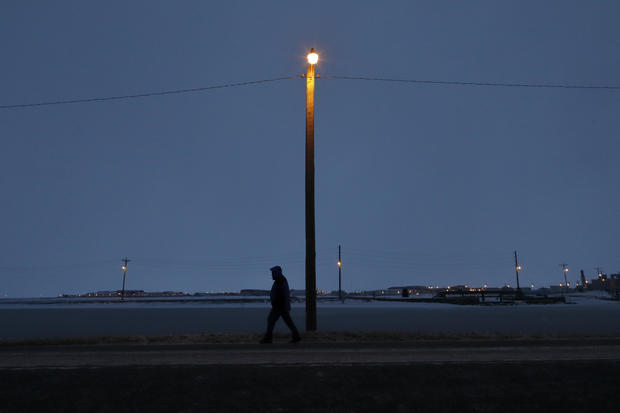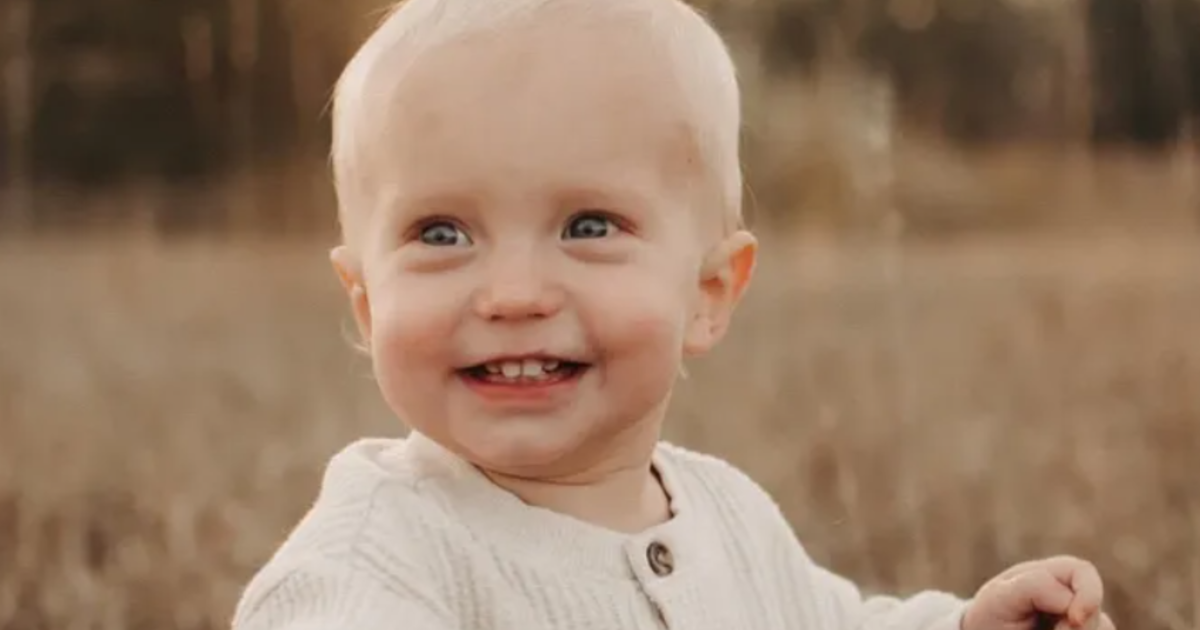The sun won't rise until next year for this Alaskan city
America’s northernmost city of Barrow, Alaska is powering through a long period of darkness. The sun in Barrow set earlier this month on Nov. 18, and it will not rise again until next year: Jan. 22, 2017, to be exact, according to meteorologists.
The unusual expanse of time between sunset and sunrise in Barrow is due to the way the Earth tilts in relation to its orbit around the sun. As the Earth’s northern hemisphere tilts away from the sun, the sun disappears for a stretch in certain northern areas, CBS Seattle affiliate KIRO explained. Barrow is used to this cycle repeating itself every winter.
In a literal sense, the sun has set in Barrow for the last time. By the time the sun rises in January, the city will officially go by another name: Utqiaġvik, which is an Iñupiat Eskimo word that means a place for gathering wild roots, the Alaska Dispatch News reported. About 61 percent of the city’s population is Iñupiat Eskimo.
Located on the Chukchi Sea coast at the northern tip of Alaska, Barrow is home to slightly more than 4,400 residents, many of whom still hunt and fish for much of their food. It’s a city where the sale of alcohol is banned, and one bank serves the entire community.
Life in Barrow won’t be completely dark until January: according to KIRO, the city will get a few hours of twilight each day from the sun just below the horizon, allowing enough light to distinguish objects outside.




